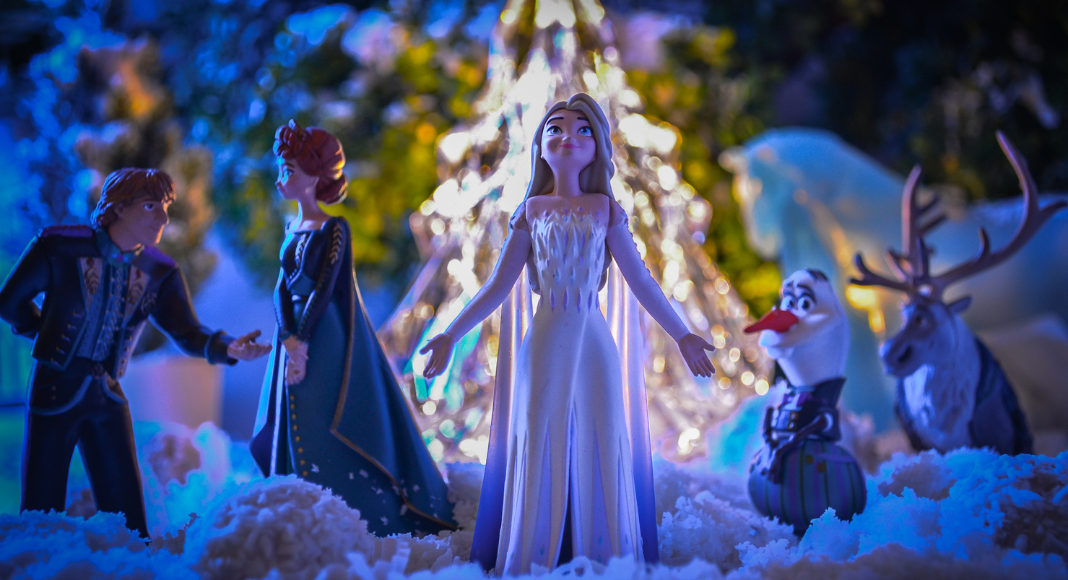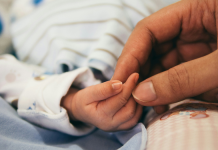I know I’m way late to the game on this one, but I still feel that it’s beneficial to offer you my personal analysis of why Frozen 1 and 2 are unique contributions to American cinema and serve as good viewing for children, especially in comparison to previous Disney films.
As someone who has watched both of these approximately 52 billion times, I feel I am uniquely qualified to provide this amazing insight. Probably the rest of you with children will feel that you are also as uniquely qualified, and I’m sure you are. Hopefully, if that’s the case, you can experience the joy of connecting with an adult about something that adults watch along with their children when you know the children don’t understand the nuances on an adult level.
In the original Frozen, I appreciate how the focus of the film is centered on family and fostering that sense of togetherness.

Elsa doesn’t interact with males or have a boyfriend, etc. She appears as the strong Queen who somehow learned how to rule while basically stuck in her bedroom for 20 years or whatever. Still, that is cool. She’s focused on her people (who luckily have no problems in life aside from having an ice queen as a ruler). Instead of being focused on getting married and having babies or living “happily ever after” with someone, she is focused on her journey of self-discovery and maintaining independence. She teaches children that it’s ok to rely on others and open your heart if that person truly earns your trust.
I really appreciate how Hans started out as a “good guy” and turned into the surprise villain. When I originally watched the film for the first let’s say five times (that was probably before my children were born – why did I ever watch any of these before my children were born?), I thought it was unrealistic to suddenly have Hans become the antagonist, and I thought that kind of thing never happens in real life. That was me speaking from a very naive perspective. Having now experienced some princes turned villains, I realize that there were clear red flags, and I appreciate how Disney highlighted them in this instance. They even showed how previous Disney heroines didn’t attend to the red flags and though supposedly things turned out fine, it makes me worry that if these were real people, they actually would have ended up in abusive relationships. That is a serious Debbie Downer of an ending to a story but it’s more realistic.
If you notice, from the moment that Hans heard Anna was a princess, he started repeating whatever she said and becoming the man she wanted, even to the point of singing after her during “Love is an Open Door.” That’s a typical tactic of abusers and narcissists. Somehow you seem to agree on everything and it can seem “magical.” “Our mental synchronization can have but one explanation.” There are definitely multiple explanations for that.
Hans immediately latched on to Anna, asking her to marry him right away. They had one magical montage of dancing and suddenly became soul mates. He used language with her that manipulated her young sensibilities and led her to feel that he could be trusted. He knew just how to act, capitalizing on his princely status and good-looking physique when he knew for a fact that he was the lowest on the princely totem pole and not someone deserving of the hand of Anna (as far as political alliances go). She made the grievous mistake of giving him control of the kingdom in her absence. He seemingly managed things well, trying to get the people to support him as an incoming ruler, intending to cut the sling load of the females and assume the throne a la Game of Thrones. The deviousness of the plan here exceeds anything thought of before by a Disney film. However, as history can tell you, opportunistic people like this have been around since the beginning of time. A more realistic storyline probably would have included him succeeding in his plan and becoming King Hans of Arendelle.
The rest of the original Frozen and Frozen 2 continued to develop Elsa as a person.
Anna also continued to empower herself, speaking her mind and I would say wearing the proverbial pants in the relationship with Christoff. She also wore literal pants throughout the film, as did Elsa. I think this makes a statement about women and how they are ready to get down and dirty to defend what is theirs. Christoff sings a song pining after Anna and though I go between loving and hating this song (seems indicative of a really weird reindeer fetish to me), its uniqueness has its own place in the pantheon of Disney. I believe the prince on Enchanted was the only other one I can remember who had a similar puppy dog following of a female character. They depict Christoff as having some traditional “female” qualities of making romantic gestures and putting effort into his proposal to make it special (even though it still had a weird reindeer flavor that I suppose fits for Christoff but I’m not sure Anna would really have been into that). I appreciated how the younger native man and Christoff had a manly-bonding thing over reindeer and they had a little bromance going in general. That stands in opposition to the behavior of typical males in Disney movies.
The previous Disney films propagated the thought that women needed to be rescued and they couldn’t stand on their own. Particularly, they couldn’t even have a film without a male featuring a prominent role. The males in the Frozen films are clearly secondary characters. Many of them don’t even show up until at least a quarter of the way through the film. The women save themselves and each other. The men sit there and watch.
Even films that previously made an attempt to empower the female (I think Tangled was trying to do this) missed the mark, but I believe Frozen nailed it. The first Frozen film I believe sexualized Elsa too much with her ice dress and glamorous look (that’s probably my main criticism), but the second film took more of a sporty, adventurous approach to the portrayal of the characters and fashion. Having Idina Menzel as the voice of Elsa proved to be another good move because she is a belter. Most other females portraying princesses had an almost sickeningly-sweet voice that seemed to apologize at times for taking up too much space. Idina’s voice fills up a whole ice castle and taught girls to sing louder and more proudly (albeit annoyingly for those of us with the ability to hear, depending on which preschooler decides to sing the song).
But hey, as the Sesame Street song goes, “Sing, sing a song. Sing out loud, sing out strong. Don’t worry that it’s not good enough for anyone else to hear.” Sing and let your inner ice queen out, little girlfriend.












